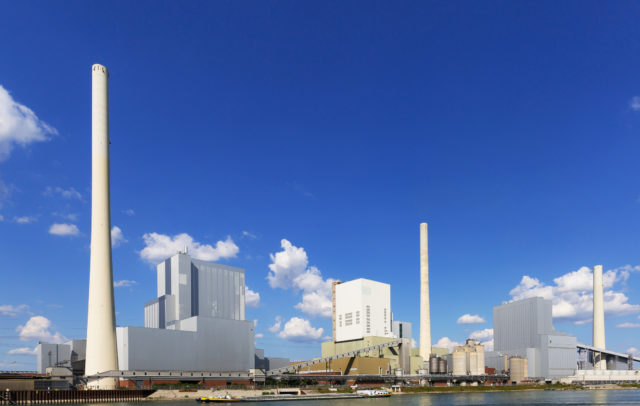Chinese leader Xi Jinping has revealed a plan to end support for overseas coal developments and flip its economic influence to green energy in a speech at the UN General Assembly in New York.
It came as he reiterated China’s target of reaching carbon neutrality by 2060, 10 years beyond 2050 targets set by other economies like the UK and EU.
“This requires tremendous hard work and we will make every effort to meet these goals,” Xi said.
“China will step up support for other developing countries in developing green and low carbon energy and will not build new coal-fired power projects abroad.”
China, the world’s biggest emitter of greenhouse gases, is also the largest public financier of coal power internationally. It has made no commitment on whether it will scale down the development of coal plants on its own soil.
Xi’s speech came the same day as Joe Biden announced plans to quadruple the global superpower’s commitment to public climate finance in the developing world by 2024 to US$11.4 billion, up from just US$2.5b in the 2022 budget.
How big is China to global coal development?
Through its Belt and Road Initiative, China has ramped up its economic influence across the developing and third world by becoming a major funder of public infrastructure in countries like South Africa and Bangladesh.
As ESG consciousness and, to some extent, ‘greenwashing’ became more prominent in the west, banks and other major institutions have pulled their support for new coal plants.
At 72% China is now the main source of public finance for coal plants globally, with around 40GW in the pre-construction pipeline across 20 countries according to European climate change think tank E3G.
But it is yet to make a commitment on new coal builds at home, where its energy needs continue to increase, fuelling a major run in thermal coal prices to decade long highs.
According to E3G China has cancelled some 484GW of coal developments from its pipeline since the Paris Agreement in 2006.
At 163GW, however, it still boasts around 55% of the world’s production pipeline and already accounts for about 25% of global emissions.
The Green Belt and Road Initiative Center, which tracks China’s Belt and Road spending, said the country spent US$19.3 billion on B&R financing in the first half of the year, none of it to coal projects.
Funding from green energy projects also fell 90% while oil related financing was US$1.4 billion, against US$1.9b in the whole of 2020.
However, it expects China’s green energy investments to ramp up in the second half of the year after the Chinese Government issued new financing guidelines that prioritised environmentally sustainable investments in July.
Planned coal projects accounting for around US$65 billion worth of Chinese investment were cancelled or shelved between 2014 and 2020.
Who’s excited about this?
Yeah, the UN and the renewable power sector.
But it’s also, predictably, got the tails of the uranium and nuclear power sector up.
It remains unclear exactly what China means by low carbon energy, but Uranium companies are bullish that public perception of nuclear power generation will flip to one of broad support as the world shifts from fossil fuels and embraces it as a baseload power source.
You might be interested in












